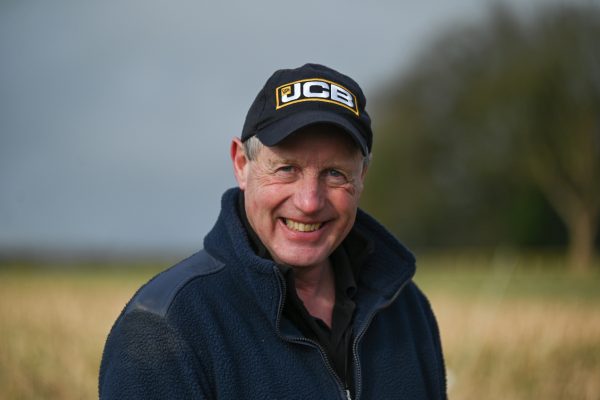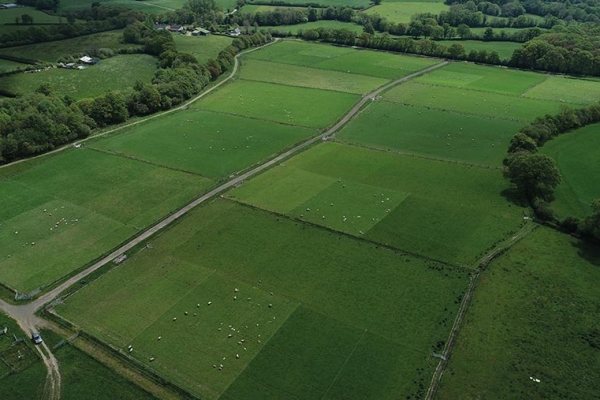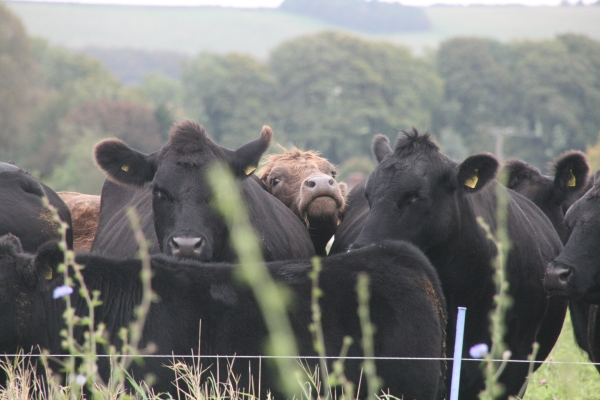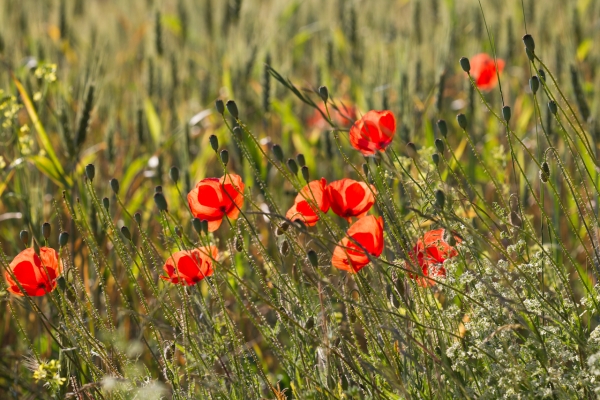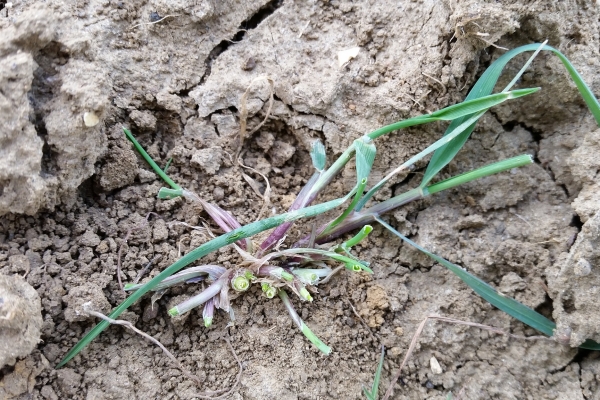Technical project – AHDB Grass
AHDB has launched a campaign that aims to help farmers manage and better utilise their grass. The campaign is part of AHDB’s approach for the environment and aims to work with the agricultural industry to get farmers making better use of grass (grazed grass or silage) as it is the cheapest feed-stuff available on-farm.

Project Background
The project brings together AHDB’s grassland resources and encourages farmers to utilise their grass more efficiently. It is of major environmental importance as better grassland management offers a cost-effective way of cutting the environmental footprint of animal production from pasture.
For more information on the project visit the AHDB Grass campaign page.
Aims & Approach
AHDB Grass is built on four pillars: soil management, nutrient management, varieties and alternative species, and grazing management. These pillars will be addressed through two work packages: building farmer confidence and upskilling the support network.
Aims
To work with farmers and industry partners at all levels of experience in the ruminant sectors to improve the cost-effective use of grass to build more profitable and sustainable systems with growth potential.
Objectives
- Maximise grass and clover (either grazed or silage) in the diet of sheep, beef, and dairy cows to reduce reliance on bought-in fertiliser and concentrate whilst increasing animal growth rates and production from homegrown grass and forage – through increased farmer confidence and an upskilled support network.
- Through the four campaign pillars, achieve at least an additional 1t DM/ha (tonne of dry matter per hectare) of high-quality pasture and increase utilisation rate by 1t DM/ha across all systems.
- Track improvement in environmental performance of grassland through the AHDB sector environmental proxy indicators to help levy payers move towards net zero.

Project Outputs
Farm case study
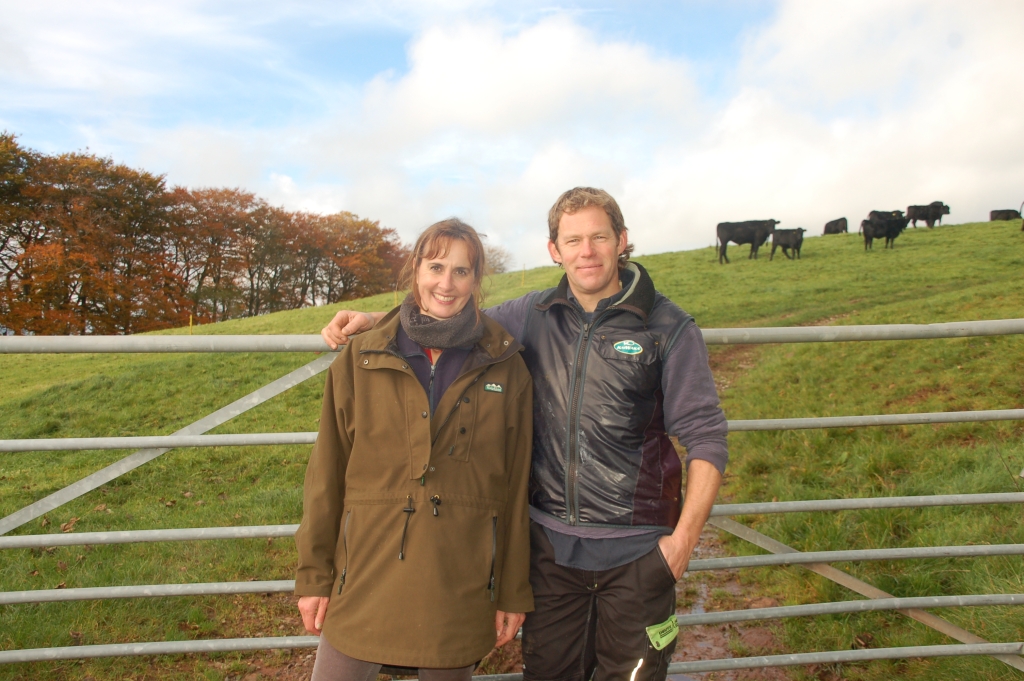
“We are strong believers in the huge benefits of grass-fed livestock; to the environment, to our health, and also the bottom line”
Explore a range of grassland management resources here.
Grassland Management Podcasts
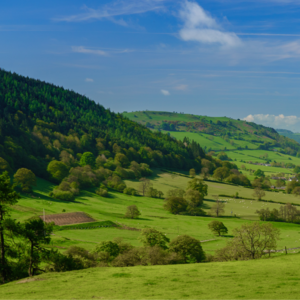
Herbal Leys Webinar Series
The AHDB joined forces with the British Grassland Society to hold a series of four webinars exploring issues surrounding herbal leys.
Livestock performance and environmental improvements (July 2020)
This features Paul Muto (Natural England), Professor Chris Reynolds (University of Reading), Sam Lane (Cotswold Seeds), and dairy farmer and Nuffield scholar Rob Richmond. They discuss the impact of herbal leys on animal performance and soil health, and shared experiences of establishment and management, focusing on how to select and grow, animal performance, and herbal leys in agri-environment schemes.
Establishment – looking forward to 2021 (September 2020)
Featuring Kate Still (Soil Association and FAB farmers facilitator), Robert Thornhill (dairy farmer and Nuffield Scholar), Dafydd Parry Jones (organic beef and sheep farmer and Farming Connect mentor), and Dan Burdett (dairy farmer and Nuffield Scholar). They discuss suitable soils, topography, temperature tolerance, variety selection criteria, establishment methods, overcoming establishment challenges, and management post-establishment (weed control and the first grazing/cut).
Considerations beyond the price tag (December 2020)
This focuses on environmental and financial aspects to consider when using herbal leys; exploring animal performance, soil health, soil carbon sequestration, and fertiliser input. It features Hannah Jones (farm carbon and soils advisor with the Farm Carbon Cutting Toolkit), Paul Newell Price (ADAS soil scientist), and dairy farmer and Nuffield scholar Rob Richmond.
Feeding and grazing management (March 2021)
This looks at managing herbal leys in a rotational versus mob grazing system, how to get the best nutritional value from leys, and the do’s and the don’ts of ensiling. Dave Davies (Silage Solutions Ltd), Sam Chesney (Northern Ireland beef farmer), Tom Tolputt (South West Farm Consultants) and Dan Burdett (dairy farmer and Nuffield Scholar) feature.


